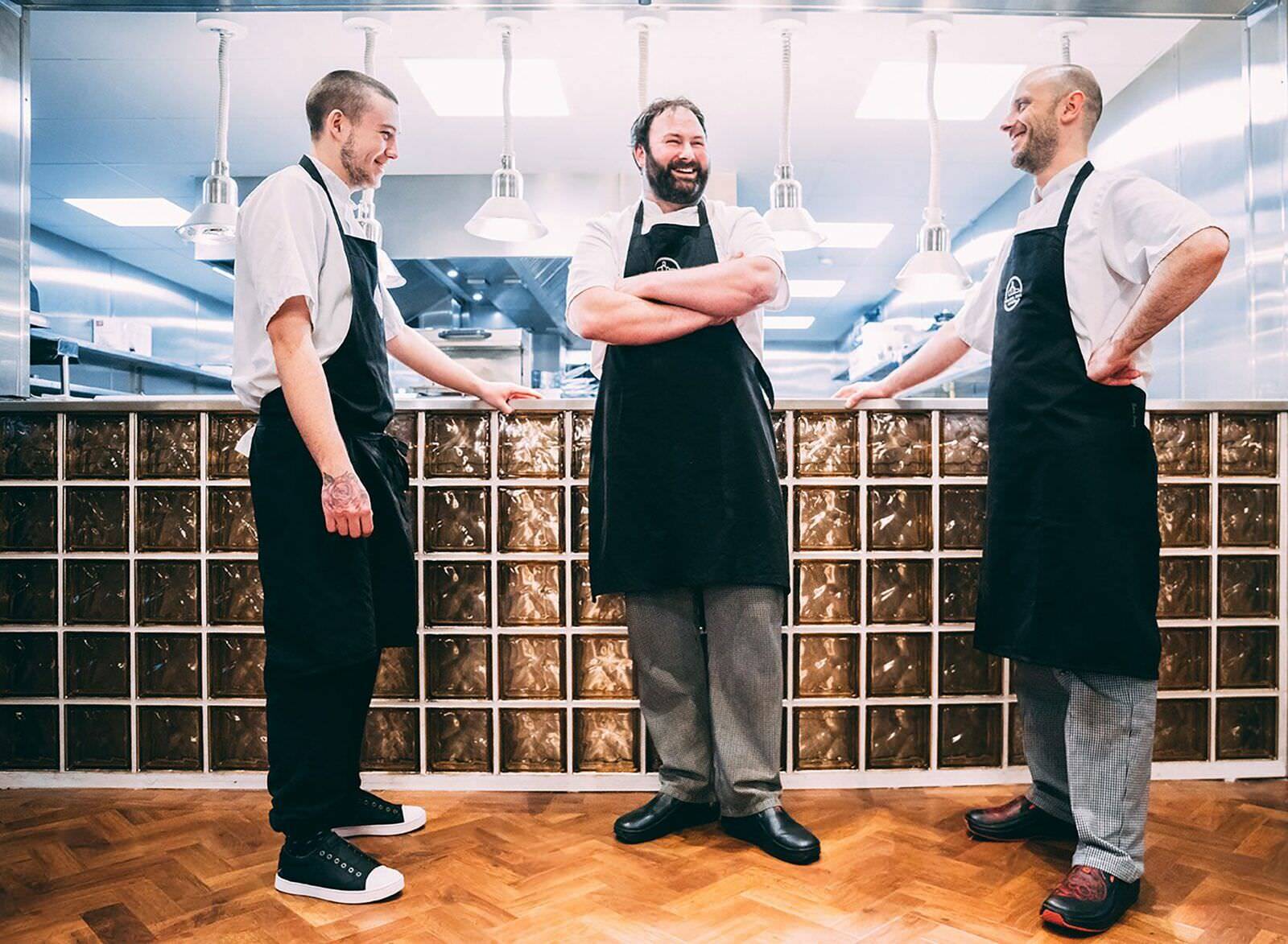Studies show 30% of European workers suffer from back pain - the most common work-related injury. Trying to work with a sore back can make shifts uncomfortable due to the pain and also potentially affect your day-to-day life. Although it can depend on the person, here’s a list of why you could be experiencing lower back pain after working all day and some changes you can make.

- Postural Stress
- Your Mattress
- Heavy Lifting
- Standing Up All Day
- Not Exercising or Stretching
- Poor Footwear
Postural Stress
When you’re standing up and walking around, you increase the pressure on your spine which tightens the lower back muscles - leading to pain. If you’ve tried to relax and have made changes that haven’t resulted in any improvements, it might be time to see a medical professional.
If your back pain doesn’t go away after working all day, call your doctor and tell them of all the symptoms you’ve noticed. They’ll figure out why you’re suffering from lower back pain and also discuss treatments relevant to your injury.
Your Mattress
The very area you go home to rest after working can be the reason you suffer from back pain. A mattress that’s too soft can potentially cause your spine to fall out of alignment all night, whereas a firm mattress can cause possible joint pressure in your hips and leads to lower back pain.
Find a mattress that fits in between these categories or one that moulds to your body so you get added comfort and support when you’re resting.
Heavy Lifting
If you work in an environment where you constantly lift heavy objects and bend forward in awkward positions to do so, it’s likely this is causing you lower back strain. When you regularly lift heavy objects, you’re at risk of twisting your spine which can impact your ligaments, muscles, blood vessels and even connective tissues.
It’s a good idea to visit your doctor as an x-ray can provide a clearer picture of what the extent of your lower back pain is.
When you’re at work, don’t lift objects that are too heavy for you. When you need to lift something, keep your back straight, head up and lift with your knees. To keep your back in balance, tighten your stomach muscles and don’t lean over the objects. It’s also a good idea to lift more often, but with lighter weights. Also, receive support from colleagues where possible.
Standing Up All Day
When you’re on your feet all day, your joints feel the pressure as all the weight is on your lower body. Standing up all day in the same position with minimal movement can lead to a range of lower back issues - along with sore ankles, hips, painful knees and hips. As the day goes on, you might feel even more pain towards the end of your shift as your spine continues to feel the pressure.
Taking regular breaks and sitting down can relieve enough of the pressure from your lower back to reduce the pain significantly. When you do sit down, make sure you sit up straight as your posture is important for weight distribution.
Not Exercising or Stretching
When you have lower back pain after working all day and you aren’t doing any exercises or stretches to help, the pain is only going to get worse. Think of how long you’re on your feet for and how much pressure your spine and joints feel. By doing this repeatedly without anything to help, the condition of your lower back can potentially get much worse and lead to bigger issues.
Do exercises and stretches that will alleviate the pain on your lower back and joints. Find which exercises and stretches help with your lower back pain and do them often.
Poor Footwear
The right pair of shoes play a big role in lower back pain management. When you’re standing up all day or walking around during your shift with the wrong types of footwear, you’re putting much more weight on your feet.
The excessive foot motion because of the wrong pair of shoes means the muscles on the insides of legs must work harder to pull your feet up. The longer you wear uncomfortable or unsuitable footwear during work, the more pressure it adds to your joints and lower back.
Try out a comfort insole with extra cushioning or one with a gel layer to see if there are any improvements. The right pair of shoes need to feature arch support to help with weakness, pain and swelling while also being the right size to avoid circulation or tripping hazard issues.
Other features to help with the pain include comfort, slip-resistance and ventilation. If you lift heavy items, make sure your shoes include steel toes and puncture-resistant materials.
Find the Right Shoes to Help Avoid Lower Back Pain
If you’re getting lower back pain after working all day, it’s time to make some changes and it can start with your shoes. Although, what works for a nurse might not be suitable for chefs or cleaners. If you need a little more help, take a look at our buying guide.
It features helpful tips on the features to look for in a shoe suitable for your role and things to remember before buying your next pair. Download the guide below to find the perfect footwear for you.

